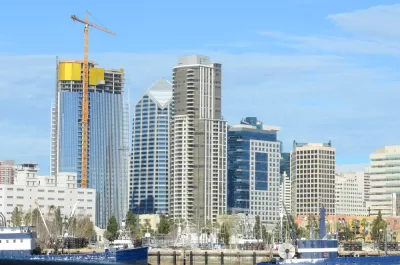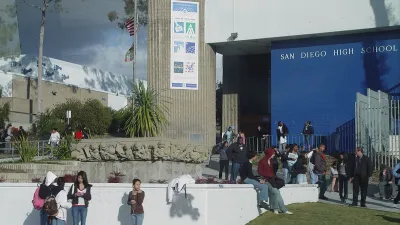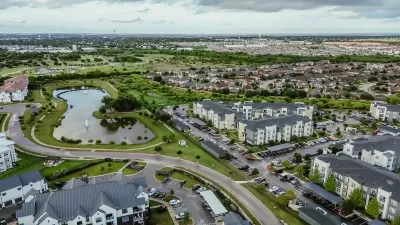San Diego invested $1.5 billion in tax increment to increase housing in its downtown but displaced affordable housing with unaffordable housing. Housing planner, developer and advocate, Murtaza Baxamusa gives some answers and asks some questions.

Between 2000 and 2015, the number of housing units in San Diego's downtown doubled—from about 12,000 to 25,000—and so did rents. More than half of downtown's renters spend above 30 percent of their income on rent—the common benchmark for "unaffordable." Ironically, the vacancy rate has doubled but it is not attributable to a lack of renters. Rather it is attributable mostly to an increase in the number of vacation homes. Thus, it appears that the public resources that went into the downtown redevelopment project, in large measure, have subsidized luxury residences for the well-heeled and reduced downtown San Diego's affordable housing stock. On the other hand, median rent in the rest of the city has caught up to downtown so that that now the downtown area isn't significantly more expensive than downtown. However, however even that fact bodes poorly for non-wealthy renters who aren't just being driven from downtown but have fewer housing options anywhere in the city. Baxamusa cites additional data and includes charts to further demonstrate the disturbing correlation. He concludes:
The intent of this post is to spur a discussion of the affordable housing stock in downtown, and particularly to focus on why new construction is not keeping pace with the removal of the affordable housing stock in San Diego.
For more of Baxamusa's analysis, please read the source article.
FULL STORY: How San Diego’s downtown housing supply boom is making rent less affordable

Alabama: Trump Terminates Settlements for Black Communities Harmed By Raw Sewage
Trump deemed the landmark civil rights agreement “illegal DEI and environmental justice policy.”

Study: Maui’s Plan to Convert Vacation Rentals to Long-Term Housing Could Cause Nearly $1 Billion Economic Loss
The plan would reduce visitor accommodation by 25% resulting in 1,900 jobs lost.

Planetizen Federal Action Tracker
A weekly monitor of how Trump’s orders and actions are impacting planners and planning in America.

Wind Energy on the Rise Despite Federal Policy Reversal
The Trump administration is revoking federal support for renewable energy, but demand for new projects continues unabated.

Passengers Flock to Caltrain After Electrification
The new electric trains are running faster and more reliably, leading to strong ridership growth on the Bay Area rail system.

Texas Churches Rally Behind ‘Yes in God’s Back Yard’ Legislation
Religious leaders want the state to reduce zoning regulations to streamline leasing church-owned land to housing developers.
Urban Design for Planners 1: Software Tools
This six-course series explores essential urban design concepts using open source software and equips planners with the tools they need to participate fully in the urban design process.
Planning for Universal Design
Learn the tools for implementing Universal Design in planning regulations.
Caltrans
Smith Gee Studio
Institute for Housing and Urban Development Studies (IHS)
City of Grandview
Harvard GSD Executive Education
Toledo-Lucas County Plan Commissions
Salt Lake City
NYU Wagner Graduate School of Public Service




























